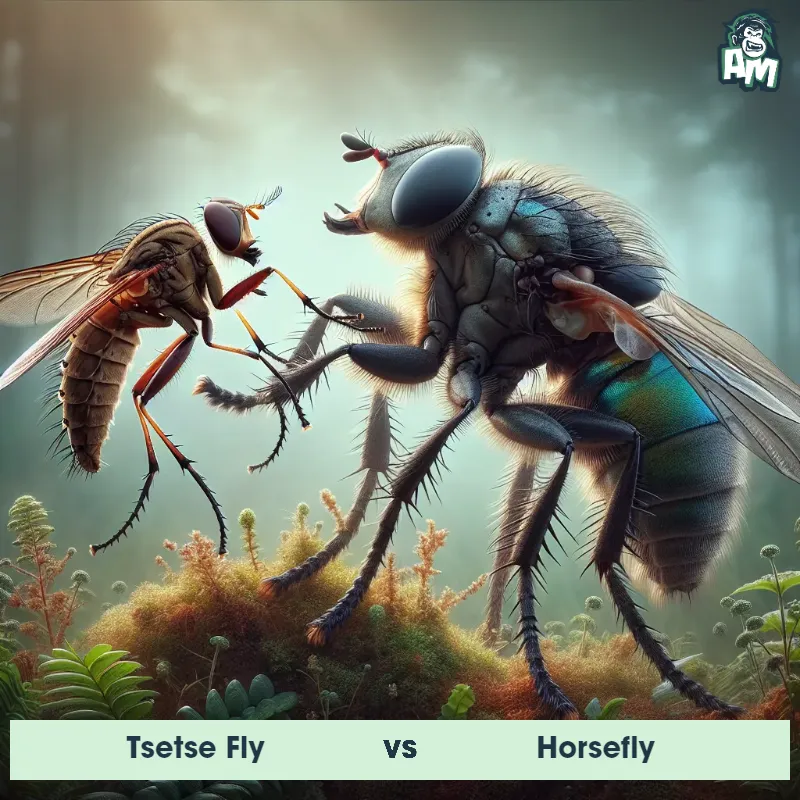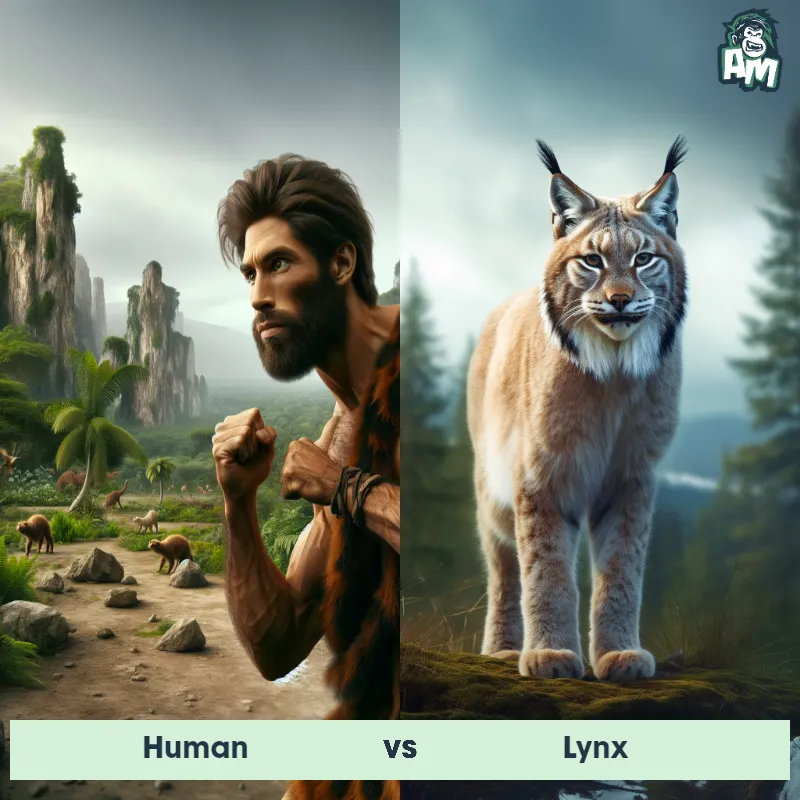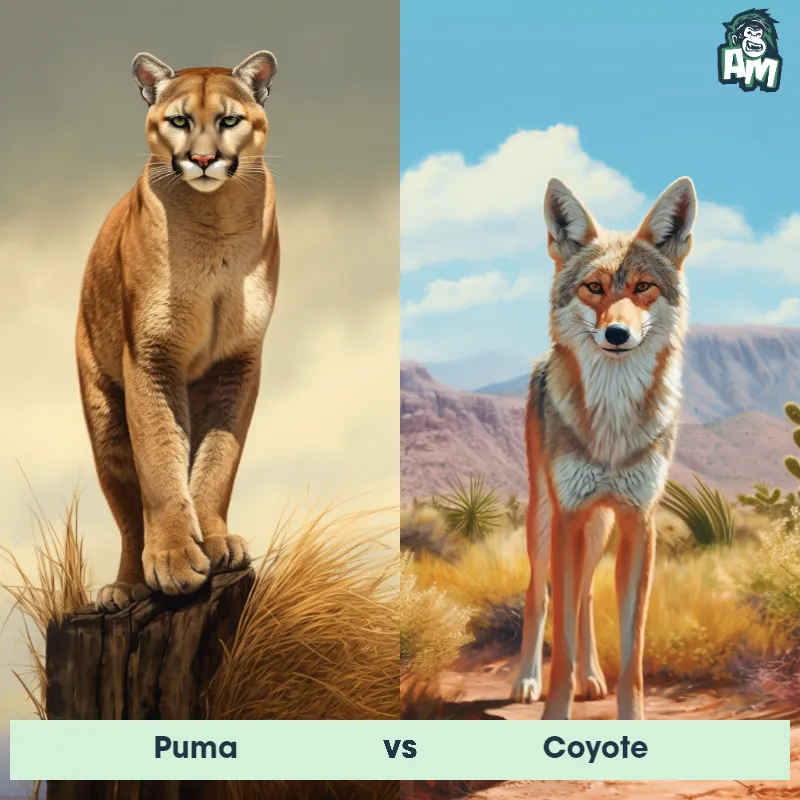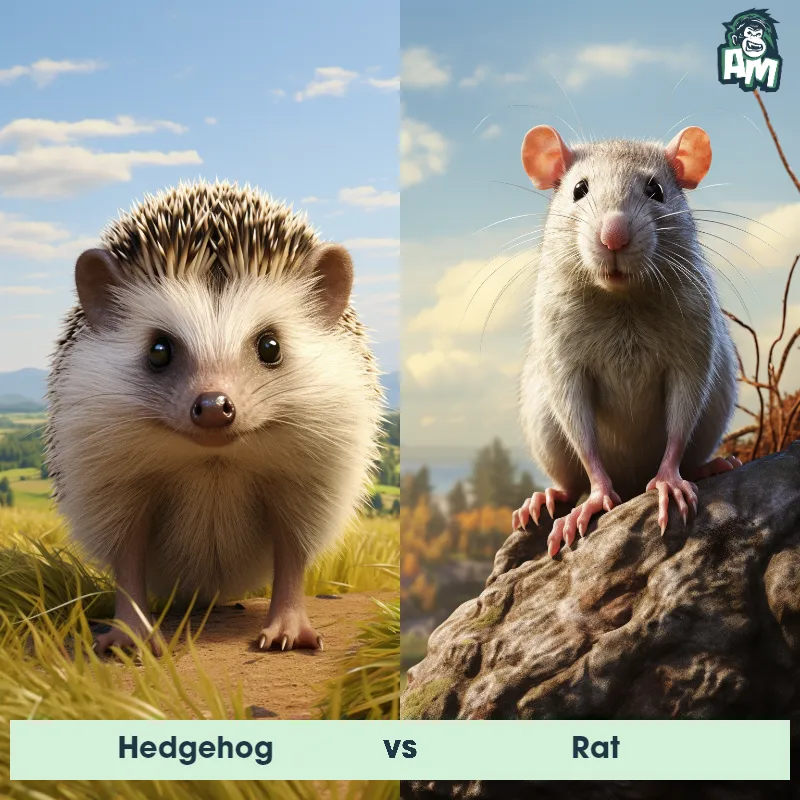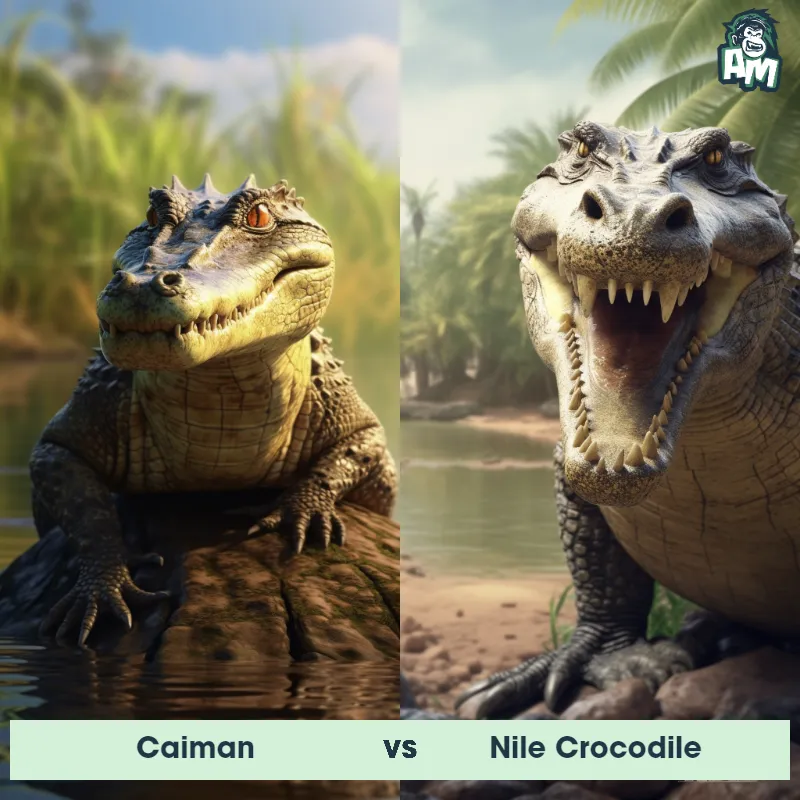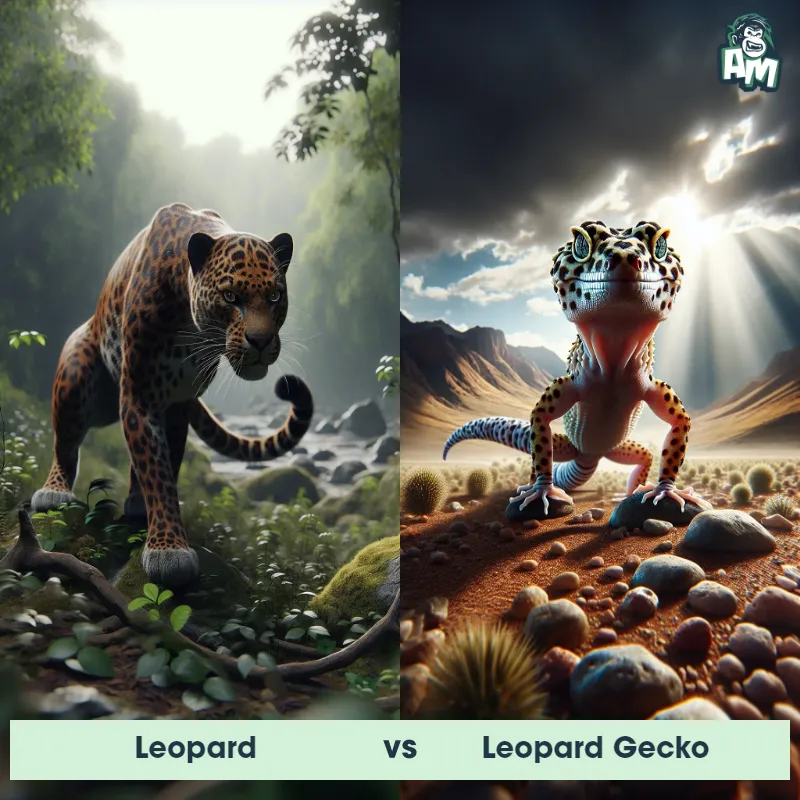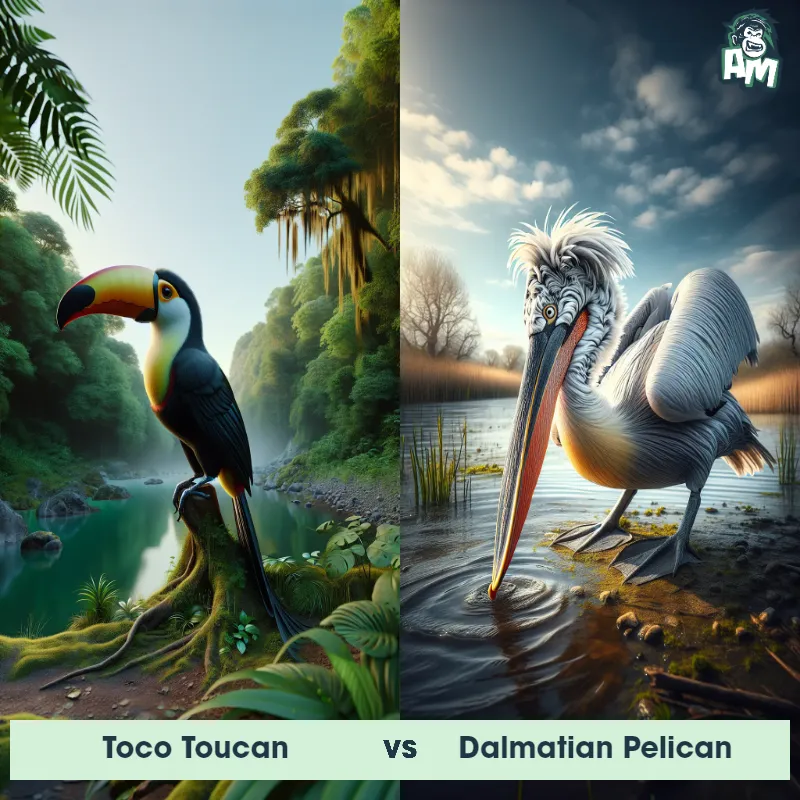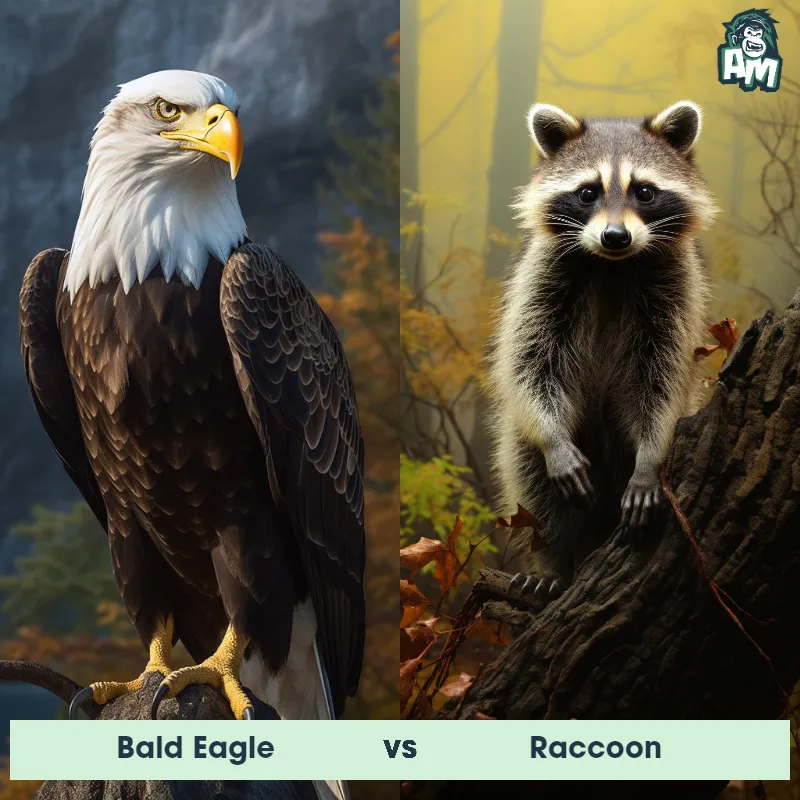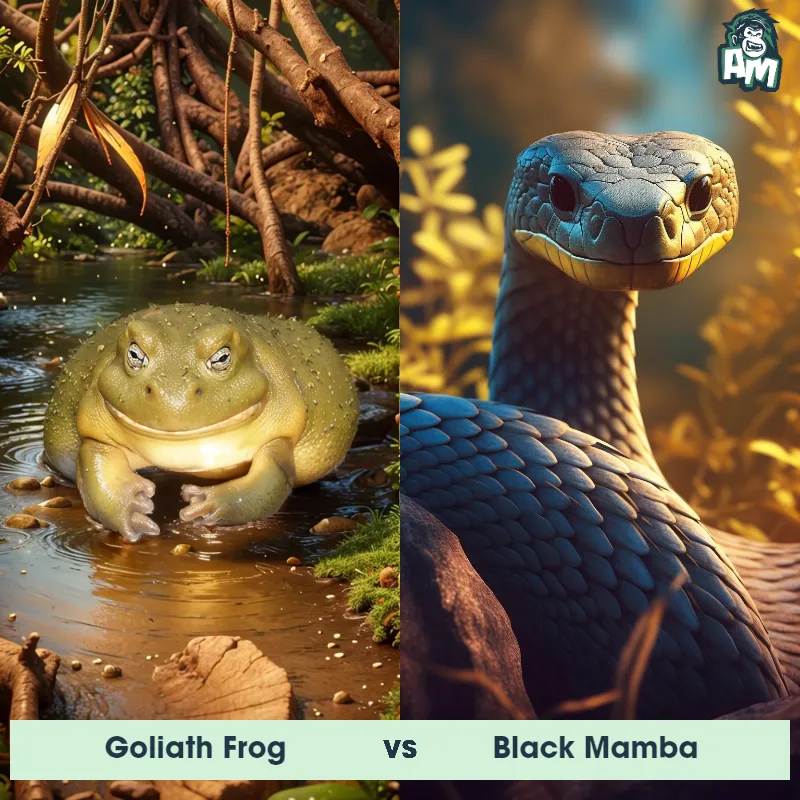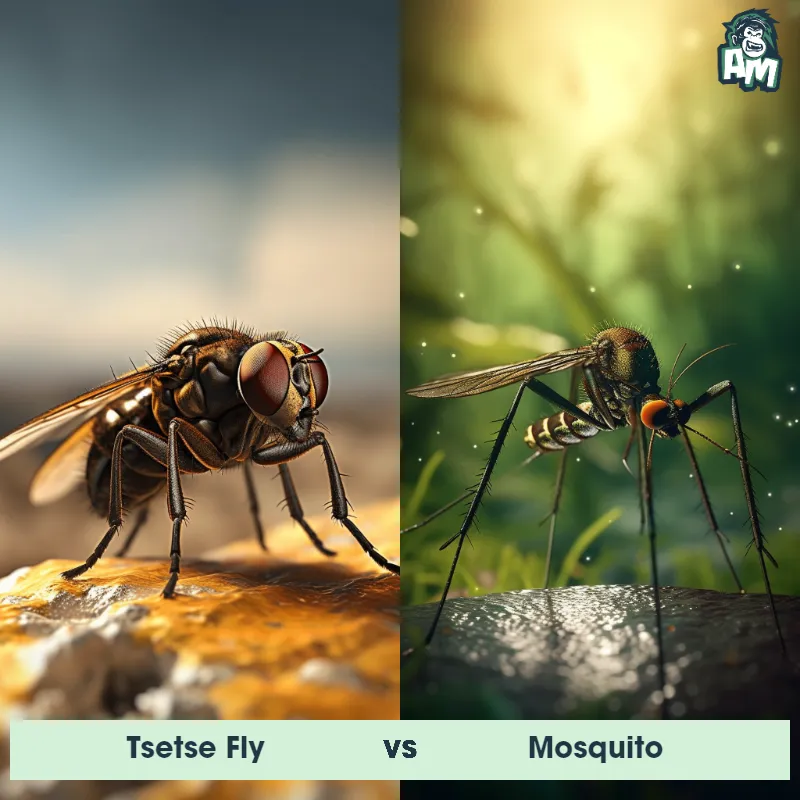Tsetse Fly vs HorseflySee Who Wins

Ladies and gentlemen, today we have an incredible matchup between two formidable insects: the Tsetse Fly and the Horsefly. Both are known for their agility, speed, and tenacity, making this a truly captivating showdown. Let's dive into this three-round battle between these tiny yet fierce competitors!
Contender 1: Tsetse Fly
The Tsetse Fly, also known as the tik-tik fly, is a blood-sucking insect found in sub-Saharan Africa. They are about the size of a housefly and have a distinctive long proboscis used for feeding on the blood of vertebrate animals. Tsetse flies are known for transmitting the deadly sleeping sickness disease to both humans and animals.
Fun Fact: Tsetse flies are attracted to the color blue and are known to swarm around blue clothing or objects.
Contender 2: Horsefly
The Horsefly, also known as the deer fly, is a blood-sucking insect that belongs to the family Tabanidae. They are typically larger than houseflies and have a stout body, large eyes, and a pair of wings. Horseflies are known for their painful bites, which can cause swelling and itching. They are commonly found near bodies of water and are active during the day.
Fun Fact: Horseflies are attracted to dark colors, especially blue and black, and are known to target animals and humans wearing these colors.
Matchup Stats
| Tsetse Fly | Horsefly | |
|---|---|---|
| Size | About the size of a housefly (6-14 mm), (0.24-0.55 in) | 1-2 inches (2.5-5 cm) |
| Weight | 0.1-0.2 g (0.0035-0.007 oz) | 0.1-0.3 ounces (3-8 grams) |
| Speed | Speed: 5 mph (8 km/hr) | Speed: 30 mph (48 km/hr) |
| Key Strength | None | Ability to inflict painful bites |
| Biggest Weakness | Fragile wings | Vulnerability to insecticides |
Current Votes
Tsetse Fly vs Horsefly
See Who Wins
Match Highlights
View More Matches
Looking For More?
Similar Matches
Scientific Stats
| Tsetse Fly | Horsefly | |
|---|---|---|
| Scientific Name | Glossina | Tabanidae |
| Family | Glossinidae | Tabanidae |
| Habitat | Woodlands, savannas, and riverine areas | Near bodies of water |
| Geography | Sub-Saharan Africa | Worldwide |
| Diet | Blood of vertebrate animals | Blood |
| Lifespan | 3 weeks - 4 months | 1 day - 28 days |
Key Differences between Tsetse Fly and Horsefly
- Coloration: Tsetse flies are typically brown or gray in color, while horseflies can be a variety of colors including black, brown, and green.
- Mouthparts: Tsetse flies have a long proboscis that is used for feeding on blood, while horseflies have shorter mouthparts that are used for biting and cutting.
- Size: Tsetse flies are generally smaller than horseflies.
- Body shape: Tsetse flies have a more slender body shape compared to the stockier horseflies.
- Eye shape: Tsetse flies have large, prominent eyes that are separated by a narrow space, while horseflies have smaller, more widely spaced eyes.
- Wing shape: Tsetse flies have wings that are held flat over their body, while horseflies have wings that are angled upwards.



